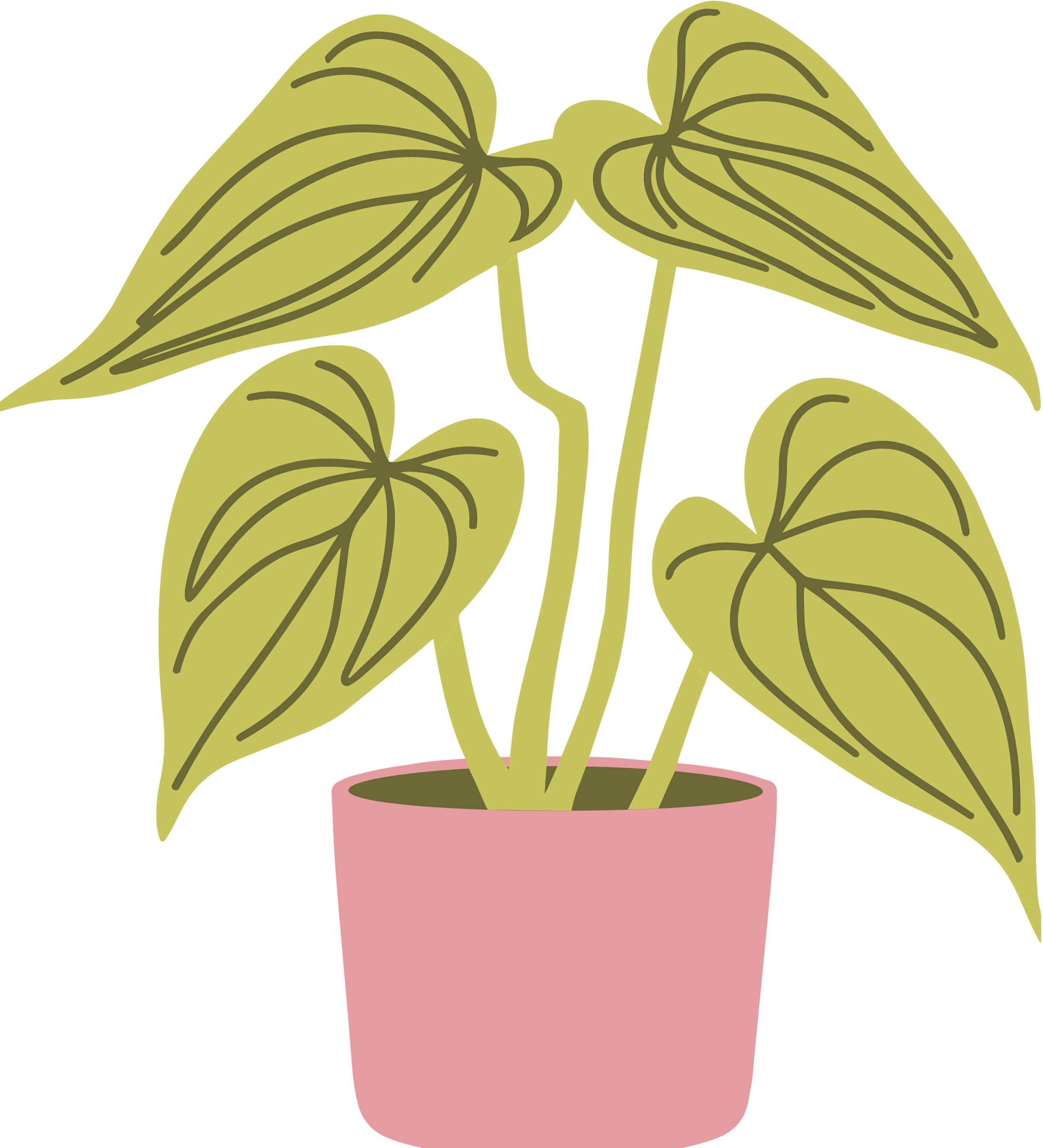 The Plant Society
The Plant Society
Black Velvet Alocasia
The Black Velvet Alocasia (Alocasia reginula) is a striking tropical plant known for its dark, velvety leaves and bold appearance. To keep your Alocasia healthy and thriving, follow these care guidelines.
Light Requirements
- Bright, Indirect Light: Black Velvet Alocasias prefer bright, indirect light. Direct sunlight can scorch the dark, delicate leaves, leading to browning and damage.
- Avoid Low Light: While they can tolerate some lower light conditions, too little light will cause them to become leggy, and their leaves may lose their vibrant color.
Temperature & Humidity
-
Temperature: Keep your Alocasia in temperatures between 60°F to 80°F (15°C to 27°C). Avoid exposing it to cold drafts or temperatures below 50°F (10°C), as it is sensitive to chilly conditions.
-
Humidity: High humidity is essential. Aim for 60% or higher humidity. You can achieve this by:
- Using a humidifier
- Placing the pot on a humidity tray with pebbles and water
- Misting the leaves (though not too often, as prolonged wetness can lead to fungal issues)
Watering
-
Keep Soil Moist, Not Wet: Alocasias like to be kept consistently moist but not waterlogged. Water when the top inch (2.5 cm) of soil feels dry.
-
Ensure Good Drainage: Make sure the pot has proper drainage holes to prevent water from accumulating at the bottom, which can lead to root rot.
-
Avoid Overwatering: Don’t let the plant sit in water. Allow excess water to drain away and ensure the saucer underneath the pot is emptied after watering.
Soil Requirements
-
Well-Draining Potting Mix: Alocasias need a light, well-draining potting mix. A good choice is a peat-based mix with added perlite or orchid bark to improve aeration and drainage.
-
Acidic to Neutral pH: Black Velvet Alocasia prefers slightly acidic to neutral soil, with a pH between 5.5 and 7.
Fertilizing
-
During Growing Season: Fertilize with a balanced liquid houseplant fertilizer every 4-6 weeks during the spring and summer months (the growing season).
-
Reduce in Fall & Winter: In fall and winter, when the plant is not actively growing, reduce fertilizing to once every 6-8 weeks or stop entirely.
Repotting
-
Every 1-2 Years: Repot your Black Velvet Alocasia every 1-2 years to refresh the soil and provide more space for growth.
-
Choose a Pot 1-2 Inches Larger: Select a new pot that is only slightly larger than the current one to avoid overwatering in excessively large pots.
Pruning & Cleaning
-
Remove Dead Leaves: Trim off any dead or yellowing leaves at the base to keep the plant looking tidy and encourage new growth.
-
Clean the Leaves: Dust the leaves regularly with a damp cloth to help the plant photosynthesize more efficiently. Be gentle to avoid damaging the velvety texture.
Common Issues & Troubleshooting
-
Yellowing Leaves: This can indicate overwatering, underwatering, or a lack of nutrients. Check soil moisture levels and adjust watering accordingly.
-
Brown Leaf Tips: Brown tips are often a sign of low humidity, underwatering, or salt buildup from fertilizer. Increase humidity, water more regularly, and flush the soil if necessary.
-
Pests: Keep an eye out for common houseplant pests like spider mites, aphids, or mealybugs. If you spot any, treat the plant with insecticidal soap or wipe the leaves down with a cotton ball soaked in rubbing alcohol.
Toxicity
- Toxic to Pets: Like most Alocasias, the Black Velvet Alocasia contains calcium oxalate crystals, which can be toxic to pets (dogs and cats) if ingested. Keep the plant out of reach of pets and small children.
By providing the right care, your Black Velvet Alocasia can grow beautifully, adding a touch of drama to your indoor garden with its dark, velvety foliage. Enjoy this stunning plant as it thrives in your home!